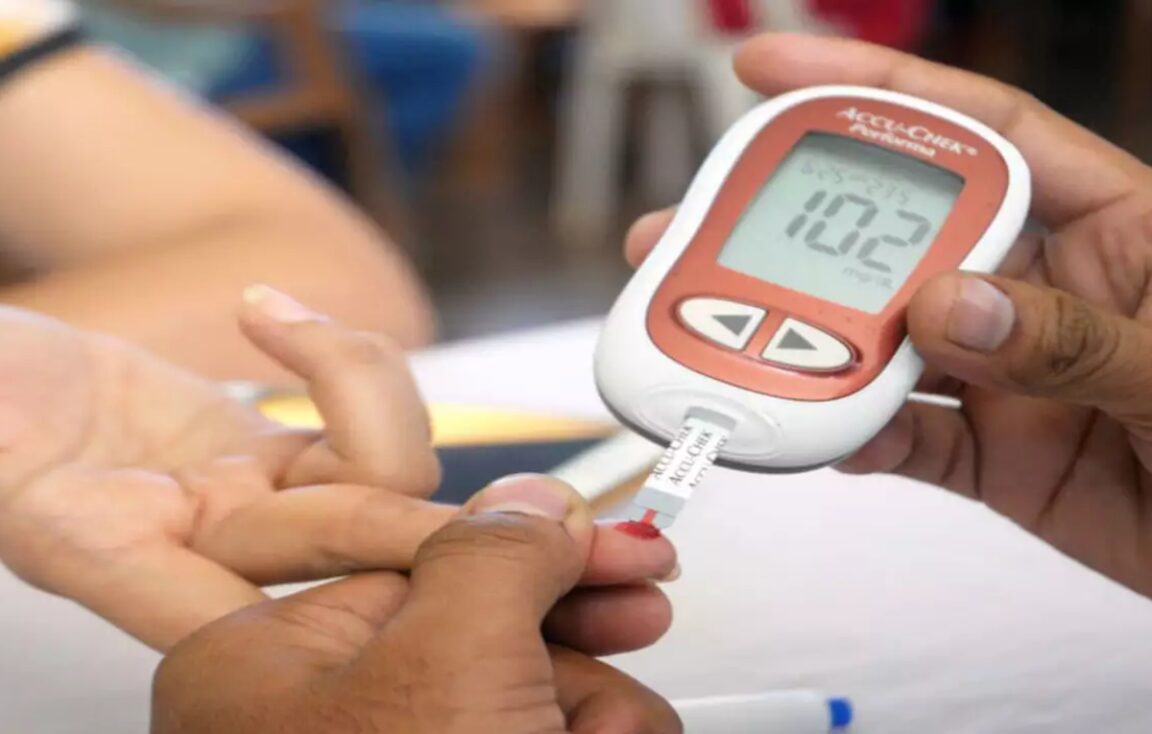
India’s diabetes crisis is reaching a tipping point, threatening to compromise the health and productivity of current and future generations. The scale of this challenge is staggering – nearly 101 million adults in India are already living with type 2 diabetes. Type 2 diabetes has become increasingly pervasive, driven by the complex interplay between genetic predisposition and modern lifestyle changes. As Indians, we must confront the uncomfortable truth that our genetic makeup makes us more susceptible to insulin resistance, the insidious pathway to this debilitating disease. Our inherent vulnerability potentially magnifies the impact of even moderately unhealthy lifestyle choices, propelling us towards the disease.Addressing this crisis demands a multi-pronged approach that tackles the issue from its roots to prevent diabetes through a comprehensive health approach beyond medications.
Improving Literacy for Healthier Dietary Choices
The growing preference for Westernized diets laden with processed foods and sugary drinks over traditional Indian meals has intensified the diabetes crisis. Lack of nutrition awareness and food portion knowledge make the shift further challenging. To address this issue, we must initiate the transparency of food labeling. While the current food labels are ambiguous and cluttered with complex jargon and misleading claims, it is imperative to create standardized formats for publishing nutritional information in simplified language. Important information such as caloric content, sugar content, and artificial colors, flavors and additives, should be prominently displayed. Additionally, implementing color coding for food labels and uniform serving sizes could help consumers to compare products and make healthier food choices.
Integrating Physical Activity into the Fabric of Daily Life
Sedentary habits have fueled the rise of this epidemic, and it’s time to think beyond traditional physical activities to combat the menace. By designing urban spaces that prioritize walking, cycling, and public transport, we can seamlessly integrate movement into everyday routines, enhancing individual health and community vitality. The revival of traditional Indian practices of yoga can create culturally relevant approaches to physical fitness. Corporates can also take responsibility for encouraging active lifestyles and fostering workplace wellness through structured programs and activity breaks. Local initiatives like neighborhood walking groups and fitness events can promote community engagement and create lasting change. Schools must also prioritize physical education, making physical activity a natural part of daily life.
Initiating Early Detection to Shift from Treatment to Prevention
In the fight against diabetes, early detection is crucial. Too often, the diagnosis happens only after the disease has taken hold. To change this, we must pivot from a reactive approach to a proactive one that is focused on prevention. Implementing targeted screening programs, particularly for individuals with a family history of diabetes, obesity, or other risk factors, is essential. These screening programs can pave the way for effective and timely intervention. To make these services more accessible, we should integrate diabetes screening into routine health check-ups at workplaces, schools, and community centers.
For those identified as at-risk, structured lifestyle modification and patient support programs such as Humrahi can assist in taking control of their health journey.
We must emphasize the pivotal role of regular diagnostic testing in early detection and management. Screening tools such as fasting blood glucose tests, HbA1c tests, and oral glucose tolerance tests are simple and effective diagnostic tests can help to detect diabetes in its earliest stages or even identify pre-diabetes, allowing for timely intervention to prevent progression to type 2 diabetes. When diagnosed early, individuals can work with healthcare providers to implement lifestyle changes and, if necessary, begin appropriate medical treatments before complications set in. This proactive approach can be critical in preventing or delaying further diabetes-related complications such as heart disease, diabetic kidney disease, and diabetic eye disease.
On World Diabetes Day, let us embrace a holistic strategy that includes medications, dietary shifts, increased physical activity, and early detection to combat the diabetes epidemic effectively. However, success depends on our ability to implement these initiatives as a cohesive commitment to public health. Only through such synchronized efforts of individuals, healthcare providers, policymakers, and community leaders can we foster a healthier environment, empowering people to make informed decisions and potentially curbing the growth of diabetes.
Now is the moment to recognize that India’s future hangs in the balance. By acting decisively today, we can transform this health challenge into an opportunity to build a stronger and healthier India where we can thrive.
The article is written by Rajeev Sibal, President, India Region Formulations, Lupin
(DISCLAIMER: The views expressed are solely of the author and ETHealthworld.com does not necessarily subscribe to it. ETHealthworld.com shall not be responsible for any damage caused to any person/organisation directly or indirectly)


